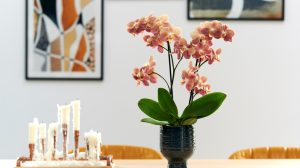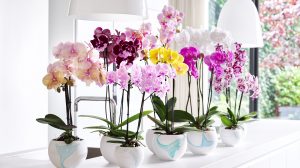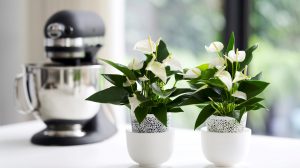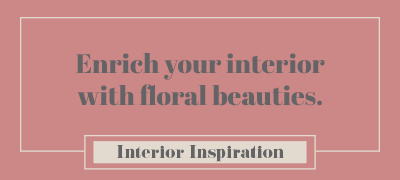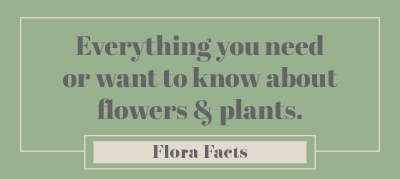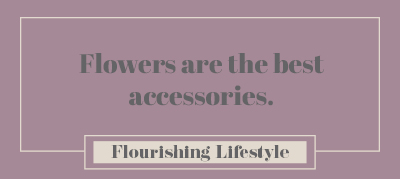Where the Danes have ‘Hygge’ and the Swedes ‘Lagom’, the Norwegians have ‘Skogluft’. No idea what we’re talking about? They are Scandinavian philosophies for a happy life. The first two have been known for a while, but Skogluft is relatively new. It’s the Norwegian method for more energy and health, devised by Jørn Viumdal. In his book of the same name, he explains how it works.
Also read: Fact or myth: Can plants really purify the air?
Skogluft
According to Viumdal, our modern urban lifestyles — with a lot of stress, noises, sitting indoors and sitting still — have removed us from our natural living conditions. Together with NASA scientists he researched the effect of plants in daily living environments. They discovered that people who surround themselves with plants, benefit the most from all the health benefits that plants bring. And so they came up with a method to create an indoors natural living environment: Skogluft, which means forest air.
Dit bericht bekijken op Instagram
The Norwegian method for more energy and health
Skogluft is about bringing nature into your home. And not just with a few house plants, but with forest air (skogluft) on the wall. Think of a plant wall, with a daylight lamp above it. This provides a view filled with plants, which has a calming effect. And the daylight lamp is important too: it provides an intense green reflection of the plants. According to Viumdal, it’s best to choose a plant that originally only existed in the rainforest. A strong plant, that’s not so picky when it comes to light and water, and that purifies the air well.
Twenty years of research shows that the Skogluft method ensures a stronger immune system, less stress and pain, and faster recovery after illness. In a workplace it ensures more productivity and less absenteeism, tiredness and headaches.
Also read: 3 tips to create a home office you’ll love to work in



